Your Guide To Enjoy Bangladesh: 10 Exciting Activities
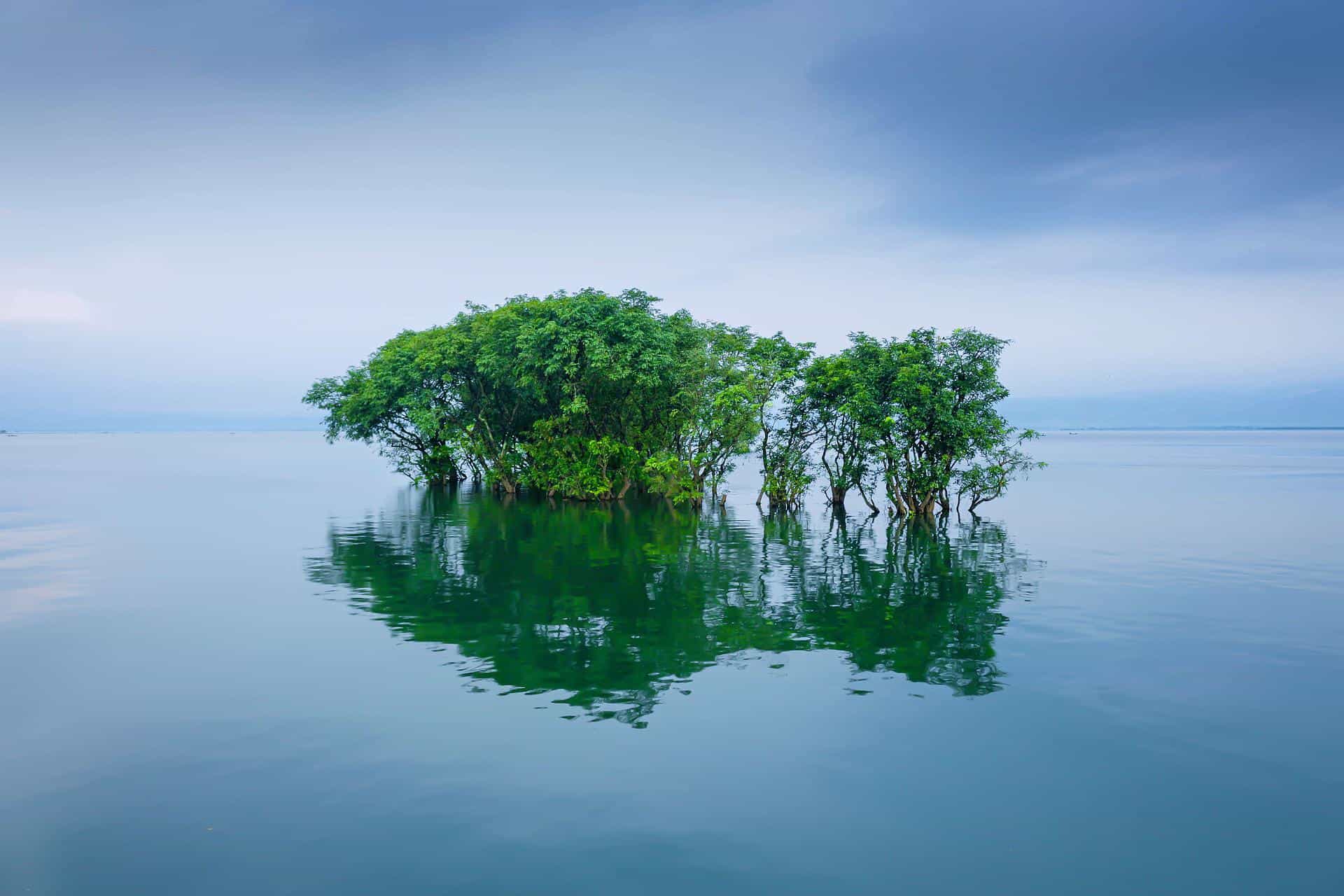
Updated On: February 01, 2024 by Dina Essawy
Bangladesh is a country in South Asia. Its authorised name is the People’s Republic of Bangladesh. The country shares land borders with India to the west and northwest, Nepal and Bhutan to the north, and Myanmar to the east. To its south lies the Bay of Bengal, which is an oceanic gulf. Bangladesh is a developing country that is bordered by India and Myanmar. It has a population of over 171 million, making it one of the most densely populated countries in the world.
Bangladesh is also one of the poorest countries in South Asia and its capital city, Dhaka, has some of the highest rates of traffic congestion in the world. Bangladesh is located on a delta formed by two major rivers The Brahmaputra River and the Ganges River. The former flows out through West Bengal while the latter runs through western Nepal before falling into the Bay of Bengal at Sunderbans Reserve Forest.
These natural features make Bangladesh highly prone to flooding during monsoon seasons when heavy rainfall causes these rivers to overflow their banks; however environmental agencies have improved drainage systems since then which has reduced flooding significantly over time so that today only about 5% per cent annually occurs due to monsoons rather than 100% as was recorded before this improvement took place.
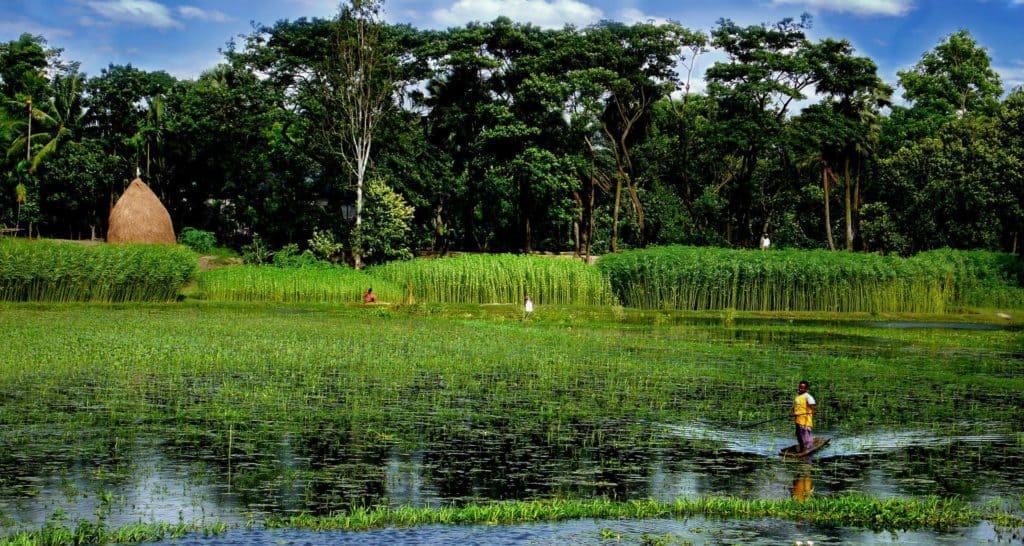
When is the Best Time to Visit Bangladesh?
The best time to visit Bangladesh is during the winter months when temperatures are cooler and the monsoon rains have subsided in most of the country. You can expect warm summers and mild winters in Bangladesh. The country experiences two monsoon seasons one from June to September, and another from October to November.
The weather pattern of Bangladesh is divided into four seasons winter (December–February), summer (March-May), rainy season (June–September) and post-rainy season (October–November).
Winter temperatures are pleasant with average lows at 13 degrees Celsius, while summer highs range from 28 degrees Celsius to 35 degrees Celsius. Rainfall begins in mid-June and ends in September when it rains 150 days out of the year.
If you’re planning a visit to Bangladesh, it’s important to know that the overall climate in Bangladesh is warm and sub-tropical. This means it can be very hot and humid, with temperatures reaching up to 40 degrees Celsius during the summer months. The country’s location on the southern border of India and the east coast of Burma means that it experiences strong monsoon winds from June to October, bringing heavy rainfalls to some parts of the country including Chittagong. During this time, rainfall increases by as much as 80 per cent compared with non-monsoon seasons a welcome respite for farmers who rely on consistent rainfall for successful crop harvests and livestock rearing year after year.
The summer season in Bangladesh begins in mid-March and ends in early October. During this time, the average temperature is 28 degrees Celsius, making it an ideal time to visit. The monsoon season has passed, so you don’t need to worry about rain gear or mosquito repellent. UV exposure is low, which means no sunscreen is needed either. And while it can be hot during the day, evenings are pleasantly cool and breezy perfect for strolling along the riverfront or going on a boat ride along the Padma River.
Winter is the best time to visit Bangladesh. The weather is pleasant with temperatures generally ranging between 30 and 40 degrees Celsius. Even though there are fewer tourists, you can still enjoy a quiet holiday away from the hustle and bustle of Dhaka city. There is less rain as well in winter, so you will have more sunny days for sightseeing.
There are many places to visit in Bangladesh during winter including Cox’s Bazar and Sylhet in the southeast; Chittagong and Mongla on the south coast; Barisal on the southwest coast, Rangamati, Bandarban (Hills Station) etcetera. These all offer beautiful scenery throughout the year but especially during this season when there are not many tourists around yet so prices remain low too. The temperature and weather in Bangladesh are highly varied, depending on which region you are visiting.
In general, the climate of Bangladesh is tropical with a monsoon season (June to September) and a dry season (October to May). The temperature varies by region Dhaka has more extreme temperatures than Sylhet or Chittagong because it’s at a lower elevation. The highest temperatures occur during the dry season, while the lowest temperatures happen during the monsoon season. If you’re visiting in winter or springtime, expect higher average daily highs than if you visit during summertime when average daily highs are lower but can still reach 80 °F (27 °C). These seasonal averages don’t include the wind chill factor if there are windy conditions combined with low humidity levels, then it might feel even colder.
The rainy season in Bangladesh is from June to September. During this time, it doesn’t get too hot or too cold and the humidity level is just right. The rainy season is not ideal for those who love sunbathing on a beach or hiking through the hills. However, if you’re looking for a more stable climate with less chance of being stranded in a downpour, then this may be your best bet. The best time to visit Bangladesh is during the winter months when temperatures are cooler and the monsoon rains have subsided in most of the country. Winter lasts from December to February, with average daytime highs of 20 to 25 degrees Celsius.
The monsoon season runs from June through October, with warm summer months extending through March and April. Summers get very hot in Bangladesh temperatures can reach 30 to 35 degrees Celsius, so be sure to bring an umbrella if you plan on visiting during this time of year. So there you have it. If you’re planning a trip to Bangladesh, then the best time to go would be between November and April, when the weather is cooler and dryer. The monsoon season runs from June to September, so if you don’t want to deal with bad weather then avoid visiting during this time.
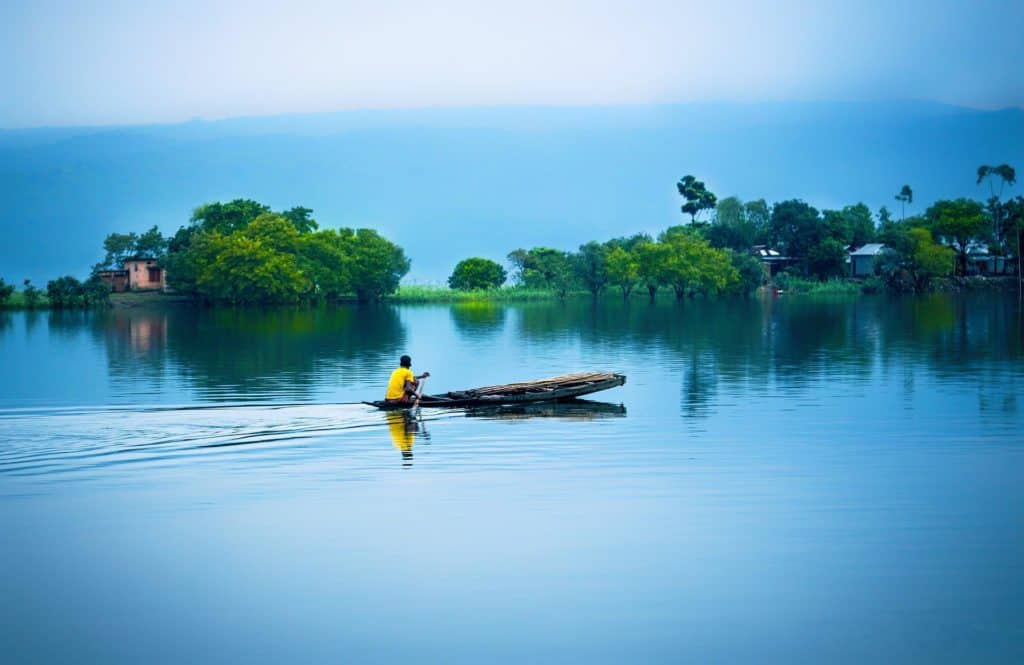
How to go to Bangladesh?
Flying into Bangladesh is possible from a few of its neighbouring nations. Major airlines like Emirates and Qatar as well as smaller regional carriers fly into the capital’s Dhaka airport. The primary transportation centre and port of international entry are Dhaka. You can travel the whole of Bangladesh from Dhaka. Only a few nations are eligible for an on-site Bangladesh visa. Before taking off, be sure to check this out. If you receive a visa for Bangladesh at the airport, be sure to have the required amount of cash on hand as well as a printout confirmation of your accommodation. It is advised that you can easily obtain a visa before your departure.
The Bangladesh visa on arrival is otherwise rather straightforward. A few people are reportedly having problems, according to reports. My procedure went without a hitch, however, it took some time. You fill out your application and give it in at the main counter after paying for the visa at the desk to the side. The Bangladesh visa on arrival staff members won’t be in a rush; rather, they’ll just be upset that they have to work instead of lounging about all day.
Top Attractions in Bangladesh
Ashan Manzil: The Ahsan Manzil served as the Nawab of Dhaka’s official residence and seat. The structure is located in Kumartoli, Bangladesh, on the Buriganga River’s banks. 1859 saw the beginning of construction, which was finished in 1872. It was built in the style of the Indo-Saracenic Revival. It has received national museum status. The owner of Jamalpur Pogona, Sheikh Enayet Ullah, had a garden home here during the Mughal dynasty. Sheikh Enayet Ullah had a lovely disposition. He bought a sizable plot of land in Kumortuli and added it to his garden home. He created a stunning palace here and gave it the name Rongmohol.
He used to take pleasure in gathering stunning women from throughout the nation and the world and dressed them in exquisite clothing and pricey accessories. According to a legend, the founder of Dhaka a representative of the Mughal emperor was drawn to one of the lovely women. He once invited Sheikh Enayet Ullah to a party and then murdered him in a plot as he was leaving for home. That girl too killed herself out of sadness and rage. In the northeast corner of the palace yard, there was a Sheikh Enayet Ullah cemetery that was destroyed at the beginning of the 20th century.
One of Bangladesh’s most important architectural landmarks is Ahsan Manzil. The two-story palace, which is 125.4 m by 28.75 m in size, was built on a platform that was raised by 1 m. The first level is 5.8 metres tall, and the first floor is 5 metres tall. The palace’s walls are approximately 0.78 metres thick. On the northern and southern sides of the palace, some porticos are 5 metres tall.
The Buriganga River is seen from the building’s spacious front. A wide, open staircase ascends to the second gateway on the riverside, where the impressive triple-arched portals are located. Before the stairs, in the garden, there used to be a fountain that is no longer there. Large verandas extend the length of the building’s north and south sides, with an open terrace projecting in the centre of each.
Sonargaon: The primary tourist attraction of Sonargaon is the Sonargaon Folk Arts & Crafts Foundation, also known as the Sonargaon Museum. It is a sizable area that includes the Sonargaon Folk Art Museum, the Boro Sardar Bari palace, vast lakes, several picnic areas, a library, and a stage in the shape of a peacock for folk performances. For study tours, schools from all around the nation send their students to this location. Because picnic places can be reserved for the entire day, it is also a favourite picnic spot among locals.
Every day, buses packed with visitors from a distance come here for a picnic. The renowned painter Joynul Abedin founded the Sonargaon Museum in 1975 on the property of the antebellum Bara Sardar Bari. The Sonargaon region’s rich textile history is the main subject of a new museum that was later created inside the premises. On the grounds of the historic Bara Sardar Bari, the Sonargaon Museum was established in 1975 by the eminent painter Joynul Abedin. The rich textile heritage of the Sonargaon district is the focus of a brand new museum that was later established on-site.
Lalbag Fort: In the southwest of Dhaka, Bangladesh, the Lalbagh Fort (also known as Fort Aurangabad) is an incomplete Mughal fort complex from the 17th century. Mughal Subahdar Muhammad Azam Shah, the son of Emperor Aurangzeb and later the emperor himself, began work on the project in 1678 AD. Even though Shaista Khan, his successor, remained in Dhaka until 1688, he did not carry on the project.
The construction of the fort was begun in 1678 by the Mughal prince Muhammad Azam, the third son of Aurangzeb, while he was vice royal in Bengal. He spent 15 months in Bengal. He was summoned by his father Aurangzeb, and the fort was still unfinished. At that time, Shaista Khan was Dhaka’s new subahdar, but he failed to finish the fort. Iran Dukht Pari Bibi, a Shaista Khan’s daughter, passed away there in 1684. After she passed away, he began to believe that the fort was unlucky and abandoned the building.
The mausoleum of Pari Bibi is one of Lalbagh Fort’s three main structures. It lost favour after Shaista Khan departed Dhaka. The main reason was the transfer of the capital from Dhaka to Murshidabad. The fort was abandoned as the Mughal dynasty came to an end. In 1844, Lalbagh took the place of Aurangabad, and the fort was renamed, Lalbagh Fort.
For a very long time, the fort was thought to consist of the mosque, the tomb of Bibi Pari, and the Diwan-i-Aam, together with two gateways and a section of the partially destroyed fortification wall. Other structures were discovered during recent excavations conducted by Bangladesh’s Department of Archaeology. In the southwest corner of the southern fortification wall is a sizable bastion. The administration building, stable, and utility buildings were located to the north of the southern defence wall, and its western portion included a lovely roof garden with preparations for fountains and a water reservoir.
The residential area was mostly southwest of the mosque and to the east of the west fortification wall. The western wall had two bastions, the largest of which is close to the main southern gate, while the fortification wall on the south had five bastions at regular intervals that were each two stories high. There was a tunnel in the bastions. Three structures make up the fort’s centre area the Diwan-i-Aam and hammam to the east, the Mosque to the west, and the Tomb of Pari Bibi situated between the two but not equally spaced apart. The three buildings are connected by a waterway with fountains at regular intervals from east to west and north to south.
Central Shaheed Minar: The Shaheed Minar is a national memorial in Dhaka, Bangladesh, built in honour of those who died during the 1952 Bengali Language Movement protests in what was then East Pakistan. Students from Dhaka University and Dhaka Medical College as well as political activists were killed on February 21 and 22, 1952, when the Pakistani police opened fire on Bengali demonstrators calling for the formal recognition of their mother tongue.
In Dhaka, close to Ramna Park and Dhaka Medical College, a massacre took place. Students from Dhaka Medical College and other educational institutions created a temporary monument on February 23, it was quickly destroyed by Pakistani police on February 24. As the Language Movement gained steam, Bengali finally became an official language in Pakistan in 1956 after many years of struggle.
The Shaheed Minar was created by Bangladeshi artists Hamidur Rahman and Novera Ahmed as a memorial to the deceased. Martial law caused construction to be delayed, but it was finally finished in 1963. It stood until the Bangladesh Liberation War in 1971 when it was destroyed as part of Operation Searchlight. Later that year, when Bangladesh got its independence, it was rebuilt. In 1983, it was enlarged. Every year on February 21 to commemorate Language Movement Day or Shaheed Dibas, which is centred on the Shaheed Minar, many national, mourning, cultural, and other events are organised. The 21st of February has been observed as International Mother Language Day since 2000.
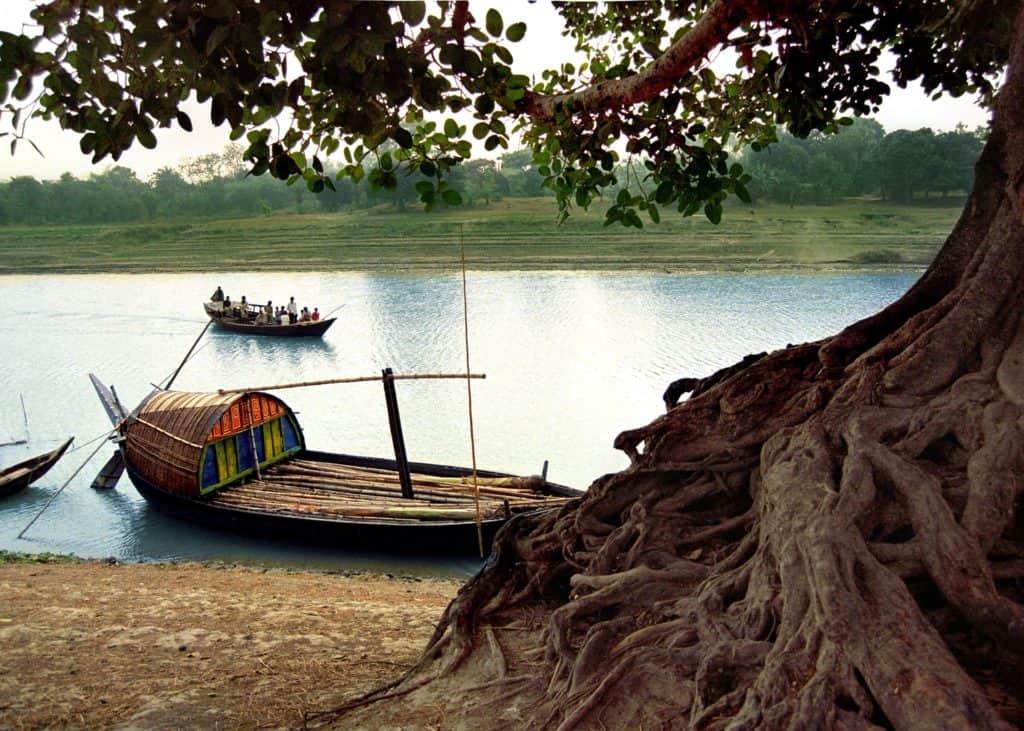
Sadarghat: The most spectacular location in Dhaka that you must see when in Bangladesh is the Sadarghat River Port. The largest river port in the world, it is used daily by more than 50,000 passengers while thousands more are occupied with other activities. It is located in the historic district of Dhaka along the Buriganga River. Sadarghat is another name for City Wharf. It is positioned somewhat to the left of the Ahsan Manzil.
Additionally, Sadarghat serves as the hub of the Buckland Bund. It was initially constructed as a location for the landing of boats, launches, and even ships arriving in Dhaka from distant locations. Due to shoaling up of the river bed entry and a general reduction in the capacity of the inland waterways, large vessels are no longer able to use it. Sadarghat serves as a hub for hundreds of boats and launches that arrive and go, primarily connecting the southern regions. Sadarghat serves as a landing and departure port for barges carrying freight.
A floating market for fruits and vegetables is also present in Sadarghat. A popular riverboat station serves the Sadarghat, where people are transported to other regions and regional centres like Khulna. A road running parallel to the river connects many locations in the city of Dhaka with Sadarghat. There are numerous wholesale stores on both sides of the street. in addition to the Portuguese fort
Cox’s Bazar Sea Beach: A district in the Chittagong Division, is well known for having the world’s longest stretch of uninterrupted sandy beach. It is 150 kilometres south of Chittagong, a commercial port. With a length of 121 kilometres, Cox’s Bazar’s sea beach is regarded as the longest in the world. Captain Cox, the company’s founder, is the source of the name Cox’s Bazar. In 1798, he created the incredibly picturesque beach. The Cox’s Bazar beach was formerly just a modest port and wellness destination.
The beach has been the least congested of the other beaches, despite being the longest in the world. Visitors can take pleasure in the tranquilly of the location as well as the calming wind from the Bay of Bengal Sea here. Each visitor to Cox’s Bazaar Beach will receive the best entertainment available. People can enjoy the breathtaking seascape while taking a stroll along the beach’s prolonged section. Additionally, visitors can engage in aquatic sports like scuba diving, surfing, and boat cruises. The location most highly suggested for those looking for a calm, sober, and pleasant holiday is Cox’s, Beach Bazar. Everyone who comes here on a trip to Cox’s Beach Bazar will undoubtedly be pleased and satisfied.
Bisanakandi: In Sylhet, Bisanakandi is near the border between Bangladesh and India. It is a hilly, panoramic setting with gardens. A village called Bichanakandi is located in the Guainghat Upazilla of the Rustompur Union. Here, numerous Khasi mountain layers from both sides converge into a single place. High fall flowing from above. Dark clouds that hug the mountain during the rainy season add to its attractiveness.
A branch of the Piyain also runs underground, in the direction of Bholaganj. Huge boulders are deposited and mined at Bisanakandi along the stream that originates from a high mountain. Similar to Jaflong, the majority of Bichnakandi is a quarry. Due to automated mining and stone-laden boats and lorries, winter is not the best time to visit Bisnakandi. The lack of this annoyance makes the rainy season the ideal time to explore Bisanakandi, a stunning region that combines the charms of lofty mountains, winding rivers, gorgeous falls, and dancing clouds.
Ratargual Swamp Forest: A freshwater swamp forest called Ratargul Swamp Forest can be found in Sylhet, Bangladesh, in the Gawain River, Fatehpur Union, and Gowainghat. One of the few freshwater swamp forests in the world, it is the sole swamp forest in Bangladesh. The Department of Forestry, Government of Bangladesh, is in charge of maintaining the forest in its natural state. Until you experience the breathtaking grandeur of Ratargul, a swamp forest, you can never imagine how stillness could be so pleasant. Visitors will discover a forest that is submerged yet has several large trees that have emerged.
One of the best freshwater swamp forests in the world, this forest is evergreen. Although this forest’s beauty is at its peak during the rainy season, it is never dull. Therefore, take advantage of the chance to spend some time in the forest and make it pleasurable and memorable. 3,325.61 acres of the total include 504 acres that were designated as an animal sanctuary in 2015. It is referred to as Sylhet’s Sundarbans. The distance from Sylhet to this only swamp forest in Bangladesh is 26 kilometres.
The term “Rata” or “Pati” tree, as it is known among Sylhet residents, is where the forest gets its name. The evergreen forest is located by the Goain River and connected to the Chengir Khal Channel. The Millettia pinnata tree is the most prevalent one in this area. During the rainy season, the woodland is drowned by 20 to 30 feet of water. The water is around 10 feet deep for the remainder of the year. The moniker Ratargul means “Sundarban of Sulhet.”
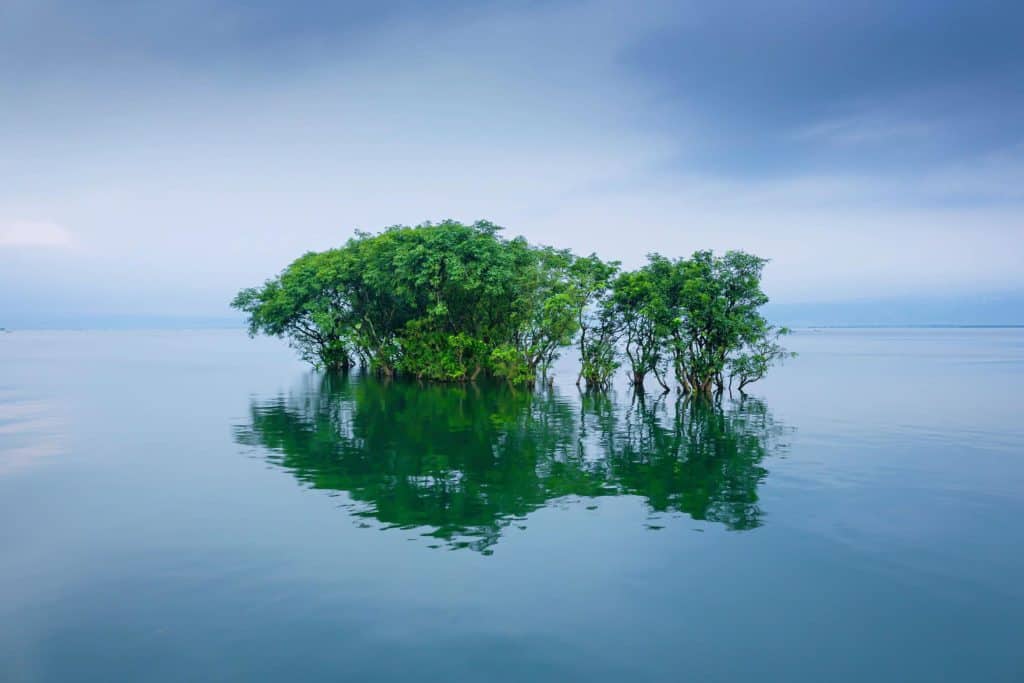
The Best Hotels for Accommodation in Bangladesh
InterContinental Dhaka: In Dhaka, there is a restaurant, an outdoor pool, a fitness centre, and a bar at the InterContinental Dhaka, an IHG hotel. Free WiFi and a courtyard are available at this 5-star hotel. The hotel supplies visitors with a front desk that is open around the clock, room service, and currency exchange. A kitchenette with an oven, a minibar, and a burner is also available in some rooms. Rooms options are Double, Twin, Suite and Triple. During their stay, visitors to the InterContinental Dhaka can enjoy a highly respected breakfast. Breakfast options include Continental, Italian, Full English/Irish, Vegetarian, Halal, Asian, American and Buffet.
The Way Dhaka: it’s offers accommodations with a restaurant, free on-site parking, a fitness centre, and a garden in Dhaka, about 600 metres from the Turkish Embassy. Each room at the five-star hotel has a view of the garden, and visitors have access to a Picnic and an indoor pool. The place offers its visitors a front desk that is open around the clock, room service, and currency exchange.
Air conditioning, a seating area, a flat-screen TV with satellite channels, a safety deposit box, and a private bathroom with a shower, bathrobes, and slippers are all standard amenities in the hotel rooms. Each room at THE WAY Dhaka comes with bed linens and towels. Rooms options are Double, Twin, Suite and Triple. A breakfast buffet is available to visitors at the hotel.
Doreen Hotel Dhaka: Doreen Hotel Dhaka offers lodging with a restaurant, free on-site parking, a fitness centre, and a common lounge in Dhaka. Room service and concierge service are available at this five-star hotel. The hotel has an outdoor pool, a front desk open around the clock where personnel may help visitors, and free WiFi access throughout the building.
Each hotel room has a private bathroom with a shower, bathrobes, and slippers, as well as air conditioning, a seating area, a flat-screen TV with satellite channels, a safety deposit box, and these amenities. The rooms come with a kettle, and some of them have a kitchenette with an oven and a microwave. Rooms at the Doreen Hotel Dhaka have towels and bed linens. Rooms options are Double, Twin, Suite and Triple. Breakfast options: Full English/Irish, Halal, Asian, American and Buffet.
Holiday Inn Dhaka City Center: A hotel featuring a restaurant, free private parking, an outdoor pool, and a fitness centre is available at the Holiday Inn Dhaka City Centre. This five-star hotel has complimentary WiFi, a bar, and a garden. The place offers its visitors a front desk that is open around the clock, room service, and currency exchange.
Air-conditioned rooms with a desk, a safety deposit box, a kettle, a fridge, a Tea/Coffee maker, a minibar, a flat-screen TV, and a personal bathroom with a bidet are available at the hotel. The rooms at the hotel provide towels and bed linens. Rooms options are Double, Suite and Triple. The following activities and services are provided by the hotel (fees may apply): Spa and wellness centre, Sauna, Massage, Bowling, Mini golf, Evening entertainment, Themed dinner nights, Live music/performance and Yoga classes.
Top Restaurants in Bangladesh
Baton Rouge: Restaurant Baton Rouge is located on Gulshan Avenue in Dhaka, Bangladesh. This enormous eatery covers 10500 square feet on Gulshan Avenue. Around the entire city of Dhaka, they offer multi-speciality cuisine services such as desserts, pan-Asian, and continental. The restaurants have a conference room available for client meetings and other private functions. In addition to the meals, there is also local Bangladeshi food available. It is the ideal location for you to enjoy if you want to come together with your family and go on an official outing.
Malancha Restaurant: In the city of Dhaka, Bengali cuisine is served at Malancha Restaurant. It is your top option if you are a college student. Due to its delicious mutton curry, kebabs, chicken curry, and bhuna khichuri, this restaurant is particularly well-liked among college students. They offer all of their delicacies at fair costs and are located on Elephant Road in Dhaka.
The Atrium Restaurant: The Atrium Restaurant is a well-regarded dining establishment in Bharidhara, Dhaka, Bangladesh. Additionally, this restaurant has experience with both continental and oriental cuisine. They serve their customers great, healthful Chinese and Thai meals on standard dishes. A meal serving seems highly appealing in its presentation. Dhaka city’s music enthusiasts enjoy this restaurant a lot. This restaurant’s setting is both approachable and aesthetically pleasing.
Roll Express: This restaurant is the finest option for you if you enjoy Indian cuisine. because they consistently provide consumers rolls and other foods that look Indian. The Roll Express is situated in Bangladesh’s Banani Dhaka neighbourhood. Many different Indian foods are available, including Phuchkas, Chaats, munchies, dosa, cheese, chicken, and golgappas. In this restaurant, you can also find burgers and tandoori dishes from the Middle East. They treat their consumers with a lot of courtesy.
Spaghetti Jazz: The location of Spaghetti Jazz is Gulshan in Dhaka, Bangladesh. In addition to serving pizza and pasta, this restaurant offers Italy slices in the city of Dhaka, Bangladesh. This restaurant is ideal for you if you enjoy spaghetti. They offer Bengali-style food in addition to Italian fare. To sample any Italian cuisine at a very affordable cost in a clean environment in the city of Dhaka, you must go to this restaurant.


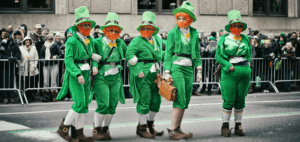

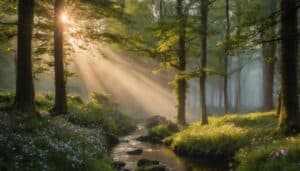
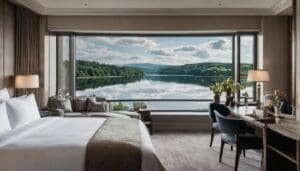

I appreciate how you’ve included off-the-beaten-path destinations in Bangladesh. It’s refreshing to discover hidden treasures away from the crowds. Thanks for sharing!
I never knew Bangladesh had such hidden gems! Definitely adding these places to my travel bucket list. Thanks for the recommendations!